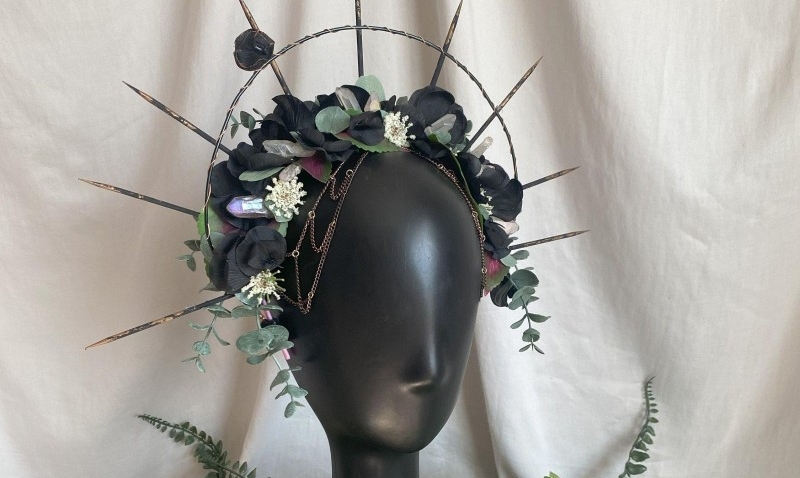
Fascinating World of Headdresses: Cultural Significance and Styles
Headdresses have adorned the heads of people across different cultures and eras, serving as powerful symbols of status, identity, and tradition. From the luxurious feathered headdresses of Native American chiefs to the elaborate crowns of royalty in Europe, these accessories tell stories that often reflect the values and beliefs of the cultures they represent. The art of creating and wearing headdresses transcends mere decoration; it intertwines with ritual, spirituality, and social hierarchy. In this comprehensive exploration, we will delve into the diverse styles of headdresses, their historical significance, the cultural messages they convey, and their evolution into modern fashion statements. Additionally, we will examine how contemporary designers are reinventing traditional headdresses to reflect current societal trends and values. Whether you are an enthusiast of cultural attire, a fashion historian, or someone looking to learn more about heritage, this article invites you to understand the captivating world of headdresses.
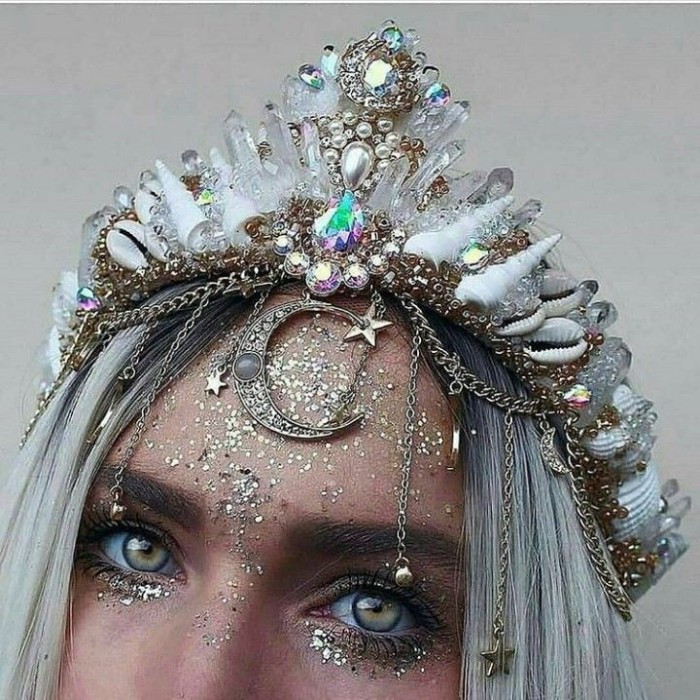
The Historical Significance of Headdresses
Throughout history, headdresses have played important roles in various cultures, often serving as markers of social status, religious beliefs, and cultural identity.
Ancient Civilizations and Their Headdress
In ancient civilizations, headdresses were prominent and often reserved for the elite. They reflected hierarchy and societal roles.
- Egyptian Pharaohs: The iconic “cobra crown,” known as the Uraeus, represented sovereignty and divine authority.
- Mesopotamian Societies: Elaborate headdress adorned the heads of priests and priestesses, symbolizing their connection to the divine.
Indigenous Cultures and Traditional Headdresses
Many indigenous cultures around the world have utilized headdress in religious ceremonies, tribal gatherings, and cultural rituals.
- Native American Regalia: In many tribes, the headdress is an important part of ceremonial attire, with each feather symbolizing a specific achievement or honor.
- African Tribal Headgear: In various African cultures, headdress denote tribal affiliation, social standing, and even marital status, often crafted from beads, animal hides, and other materials.
European Royalty and Nobility
In Europe, headdress have long been associated with royalty and nobility, often showcased during coronations and formal events.
- Crowns and Tiara: Used by monarchs to symbolize their power and connection to the divine. Various materials, including precious metals and stones, were utilized to enhance their grandeur.
- Marie Antoinette’s Headdress: A notable example of elaborate adornments that captured the fascination with fashion and status in French aristocracy.
The Cultural Messages Conveyed by Headdresses
The use of headdresses extends beyond aesthetics; they hold rich cultural meanings. Different cultures embed specific messages in their headdress, which may signify identity, heritage, or values.
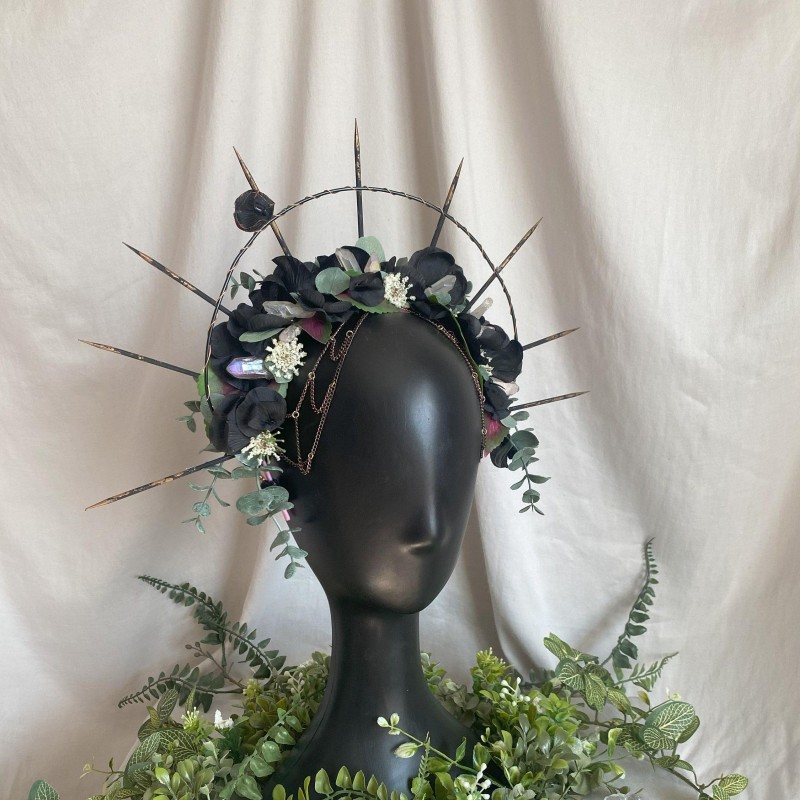
Identity and Belonging
Headdresses often represent not just individual identity but also group affiliation.
- Tribal Symbols: In many indigenous cultures, headdresses signify membership within a tribe or clan. Each design may reflect beliefs, traditions, or stories unique to that group.
- Cultural Pride: Wearing traditional headdresses can be a powerful statement of cultural pride, reinforcing connections to ancestral roots and history.
Social Status
Historically, headdresses demonstrate an individual’s social standing or rank within a community.
- Ceremonial Leaders: In numerous societies, special headdresses are reserved for leaders, warriors, or shamans, marking their elevated status among peers.
- Marriage and Women’s Status: In certain cultures, a woman’s headdress may symbolize her marital status, with intricate designs indicating her role within the family or community.
Spiritual Significance
Many headdresses have ties to spirituality, reflecting a connection with the divine or the spiritual realm.
- Shamanistic Practices: In various indigenous cultures, headdresses are worn by shamans as forms of spiritual protection or to channel spirits during ceremonies.
- Ritual and Ceremony: In some cultures, headdresses may only be worn during specific rituals, signifying a spiritual journey or transition.
Styles of Headdresses Around the World
The world of headdresses boasts an incredible diversity of styles, each connected to its cultural or historical context. Here are some notable examples:
Feathered Headdresses
Feathered headdresses have long captured the imagination of many, known for their striking beauty and cultural significance.
- Native American Feathered Headdresses: These headdress, often worn in ceremonies, feature feathers representing the wearer’s achievements and connection to nature.
- Māori Feathered Cloaks: In New Zealand, feathered cloaks are traditionally made from native bird feathers and are culturally significant, symbolizing leadership and identity.
Religious Headdresses
Many religions have unique headdress styles that denote specific roles or signify devotion.
- Christian Mitre: Worn by bishops during ceremonies and services, the mitre represents authority and dedication to religious duties.
- Islamic Hijab: Worn by Muslim women, the hijab serves both cultural and religious purposes, symbolizing modesty and faith.
Fashion-Forward Headdresses
In modern fashion, headdresses have made a significant comeback, often adopting historical elements while blending contemporary styles.
- Fashion Week Statements: Designers increasingly feature headdress that draw inspiration from various cultural traditions, challenging notions of beauty and identity in contemporary society.
- Festival Wear: Festivals such as Coachella see attendees embracing bold, intricate headdress as expressions of individual style and creativity.
Cultural Fusion Headdresses
As globalization continues to influence fashion, hybrid styles blend elements from various cultures.
- Bohemian Headdresses: Combining aspects from different traditions, many modern bohemian styles feature beads, flowers, and feathers, representing a fusion of cultural elements.
- Ethnic-Inspired Designs: Contemporary designers are creating headdresses that blend cultural symbols, incorporating elements from various traditions into unique fashions.
Choosing the Right Headdress
Understanding how to select a headdress that fits your style, occasion, or cultural significance can be an enjoyable process. Here are essential points to consider:
Purpose and Occasion
Determine the purpose of the headdress before making a choice. Consider whether it’s for a cultural event, festival, or everyday wear.
- Cultural Significance: If wearing a headdress for cultural ceremonies, ensure it is authentic and respectful of its origins.
- Fashion Accessory: For casual wear or festivals, look for headdress that complement your outfit and express your personal style.
Style and Design
Explore various headdress styles to find one that resonates with you:
- Traditional vs. Modern: Decide if you prefer a clearly defined traditional style or if you’d like to venture into modern interpretations that fuse different cultures.
- Materials: Consider your preferred materials, such as feathers, beads, fabric, or metal, that align with your vision.
Comfort and Fit
Choosing a comfortable headdress is crucial for an enjoyable wearing experience.
- Size: Select a headdress that fits well without being too tight or loose. If it’s adjustable, be sure to try it on for a proper fit.
- Weight: Opt for lighter materials if you intend to wear the headdress for extended periods, particularly during events.
Caring for Headdresses
Caring for your headdress ensures its longevity and maintains its beauty. Here are some valuable maintenance tips:
Cleaning Techniques
Headdresses can accumulate dust and dirt, especially if worn frequently. Cleaning them properly will maintain their appearance.
- Gentle Cleaning: Use a soft brush or cloth to gently wipe any dirt or debris and avoid soaking them in water unless specified by the manufacturer.
- Spot Cleaning: For specific stains, use mild soap and water on a soft cloth. Test on a small area before applying it to the entire headdress.
Proper Storage
Storage plays a significant role in preserving the integrity of headdresses.
- Use Hat Boxes or Stands: Store your headdress in a hat box or on a dedicated stand to avoid misshaping and breaking delicate components.
- Avoid Direct Sunlight: Keep the headdress away from direct sunlight to prevent fading or compromising the materials.
Repairing Damage
Over time, components of a headdress can wear or break. Addressing issues promptly is essential.
- Basic Repairs: For minor repairs, use a strong adhesive or thread to reattach loose elements. Be gentle to avoid causing further damage.
- Consult Professionals: Seek the assistance of a professional costume or craft expert for extensive repairs to avoid damaging your headdress.
Addressing Common Concerns About Headdresses
As with any artistic or cultural accessory, questions and concerns may arise regarding headdress. Here are some common issues along with solutions.
Cultural Appropriation
One of the most pressing concerns around wearing headdresses is the issue of cultural appropriation, particularly regarding Indigenous cultures.
- Understanding Context: It’s essential to be aware of the cultural significance of headdress and approach them with respect and understanding.
- Support Authenticity: Whenever possible, purchase headdresses from artisans or businesses that prioritize cultural respect and authenticity.
Comfort and Wear Time
For those not accustomed to wearing headgear, the initial experience can lead to discomfort.
- Break-In Period: Allow time to adjust to wearing a headdress, starting with shorter periods and gradually increasing wear time.
- Choosing Lightweight Materials: Opt for lightweight materials to enhance comfort, particularly for elaborate designs.
Finding Authentic Headdresses
As demand for headdresses grows, ensuring authenticity in your purchase is important.
- Research Vendors: Look for reputable vendors or artisans known for creating authentic, culturally relevant pieces.
- Seek Reviews: Reading reviews and testimonials can help ensure you choose a reliable source.
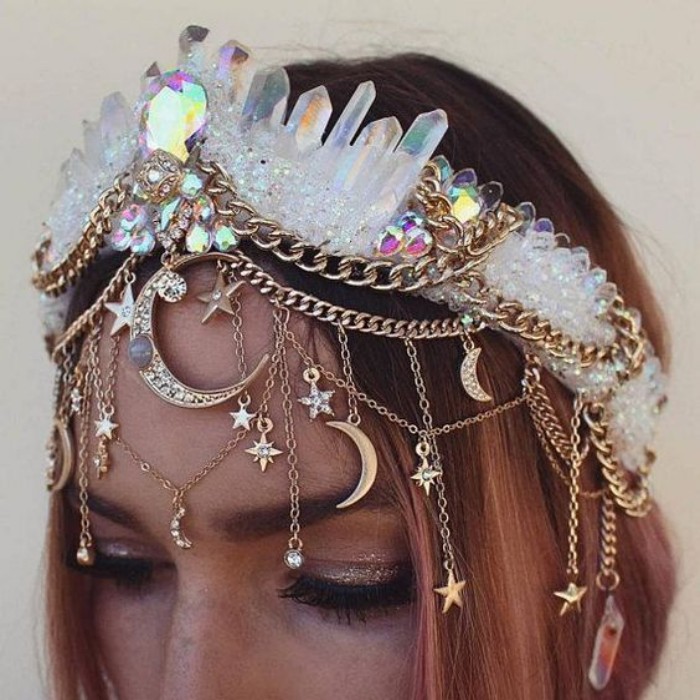
Conclusion: The Enduring Legacy of Headdresses
The world of headdresses is a vibrant tapestry woven with history, culture, and personal expression. From ancient civilizations to modern fashion, the significance of headdresses transcends time and borders, offering insights into the identities and beliefs of cultures around the globe. Whether it signifies social status, identity, or spirituality, the cultural richness headdresses bring to human expression is invaluable.
By understanding the history, choosing the right design, and caring for your headdress appropriately, you can appreciate its beauty and significance in your life. Embracing headdresses provides a powerful platform for expressing individuality while honoring the stories and traditions they represent. As we continue to explore the beauty of diverse cultures, headdresses remain a poignant reminder of our shared humanity, linking us to the past while inspiring new forms of expression in the future.




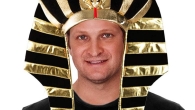
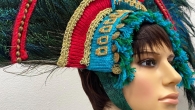
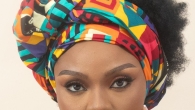
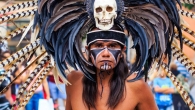

Leave a Reply